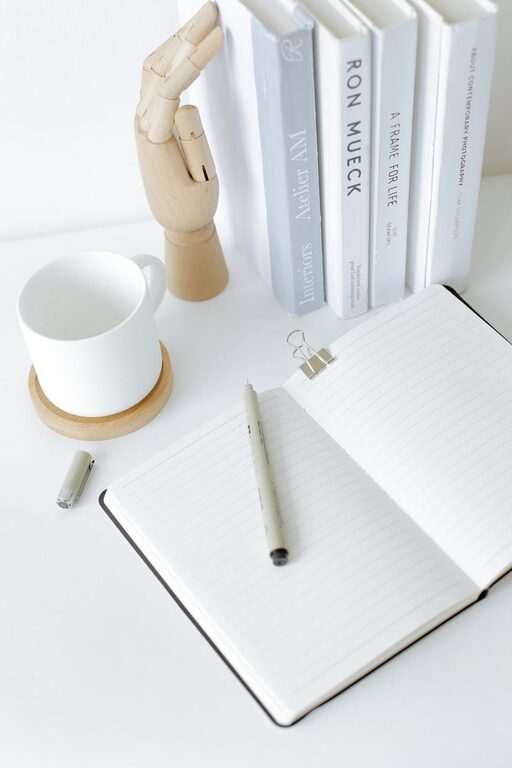Bullet journaling has become a popular way to combine organization, creativity, and personal reflection into one simple system. Whether you want to plan your day, track habits, or capture ideas, a bullet journal can be customized to fit your lifestyle. If you’re new to this method, this beginner guide will walk you through the essentials and tips to get started with confidence.
What Is a Bullet Journal?
A bullet journal is a customizable analog system created by Ryder Carroll. Unlike traditional planners, it uses rapid logging—short sentences, symbols, and bullets—to keep everything concise and easy to manage. It’s usually done in a blank or dotted notebook, allowing you to design pages to suit your needs without being confined to pre-printed layouts.
Why Try Bullet Journaling?
– Flexibility: You decide what to include and how to structure it.
– Organization: Keep tasks, notes, schedules, and goals all in one place.
– Creativity: Use colors, doodles, and layouts to personalize your journal.
– Mindfulness: Reflect on accomplishments and patterns to improve habits.
Getting Started: What You’ll Need
Starting doesn’t require fancy supplies. Begin simple, then add elements that inspire you.
Basic Supplies
– Notebook: Choose a dotted, grid, or plain notebook. Popular options include Leuchtturm1917 or any notebook you enjoy.
– Pen: A smooth-writing pen in black or your favorite color.
– Ruler: Optional, for straight lines and neat layouts.
– Optional: Colored pens, markers, stickers for decoration.
Setting Up Your Bullet Journal
Here’s how to set up a basic bullet journal structure.
1. Create an Index
An index helps you locate content quickly. Reserve the first few pages to list your pages and their topics. Update this as you add new content.
2. Number Your Pages
Number the pages at the bottom or top corner, so you can reference them in the index.
3. Add a Future Log
The future log is an overview of upcoming months. Divide two pages into sections for each month and jot down appointments, events, or deadlines.
4. Monthly Log
At the beginning of each month, create a monthly log with a calendar or list of days and important dates. Include tasks specific to the month.
5. Daily or Weekly Logs
Decide whether you want daily entries (tasks, events, notes) or weekly spreads. Write down your to-do list, appointments, and observations.
Understanding Bullet Journal Symbols (Bullets)
Symbols help you track information quickly.
| Symbol | Meaning |
|—————–|————————-|
| • (Dot) | Task |
| ○ (Open Circle) | Event |
| – (Dash) | Note |
| × (Cross) | Completed task |
| > (Right Arrow) | Migrated task (moved) |
| < (Left Arrow) | Scheduled task (deferred)|
You can customize these or add your own symbols.
Popular Bullet Journal Collections
Collections are themed pages outside daily logs, such as:
– Habit Tracker: Monitor daily habits to build routines.
– Mood Tracker: Record moods to understand emotional patterns.
– Goal Setting: Break down goals with actionable steps.
– Brain Dump: Write down ideas and thoughts to clear your mind.
– Gratitude Log: Note things you’re thankful for to boost positivity.
Tips for Maintaining Your Bullet Journal
– Keep it simple: Don’t pressure yourself to create elaborate designs.
– Consistency: Try to update your journal daily or weekly.
– Adapt: Change layouts or collections as your needs evolve.
– Use colors mindfully: Colors can highlight priorities or just make pages more enjoyable.
– Review regularly: Reflect on completed tasks and upcoming goals.
Common Mistakes to Avoid
– Overcomplicating spreads with too much decoration.
– Trying to plan too far ahead.
– Neglecting to use the index.
– Being too hard on yourself for missed entries.
Inspiration to Keep Going
Many bullet journalers share their setups online. Platforms like Instagram, Pinterest, and YouTube offer creative ideas and motivation. Remember, your journal is for you—not for perfection.
—
Bullet journaling is more than just a planner — it’s a personal system that blends productivity with creativity. By setting up your journal using the simple steps above, you can develop a habit that organizes your day and helps you reflect on what matters most. Why not grab a notebook and start your bullet journaling journey today?

